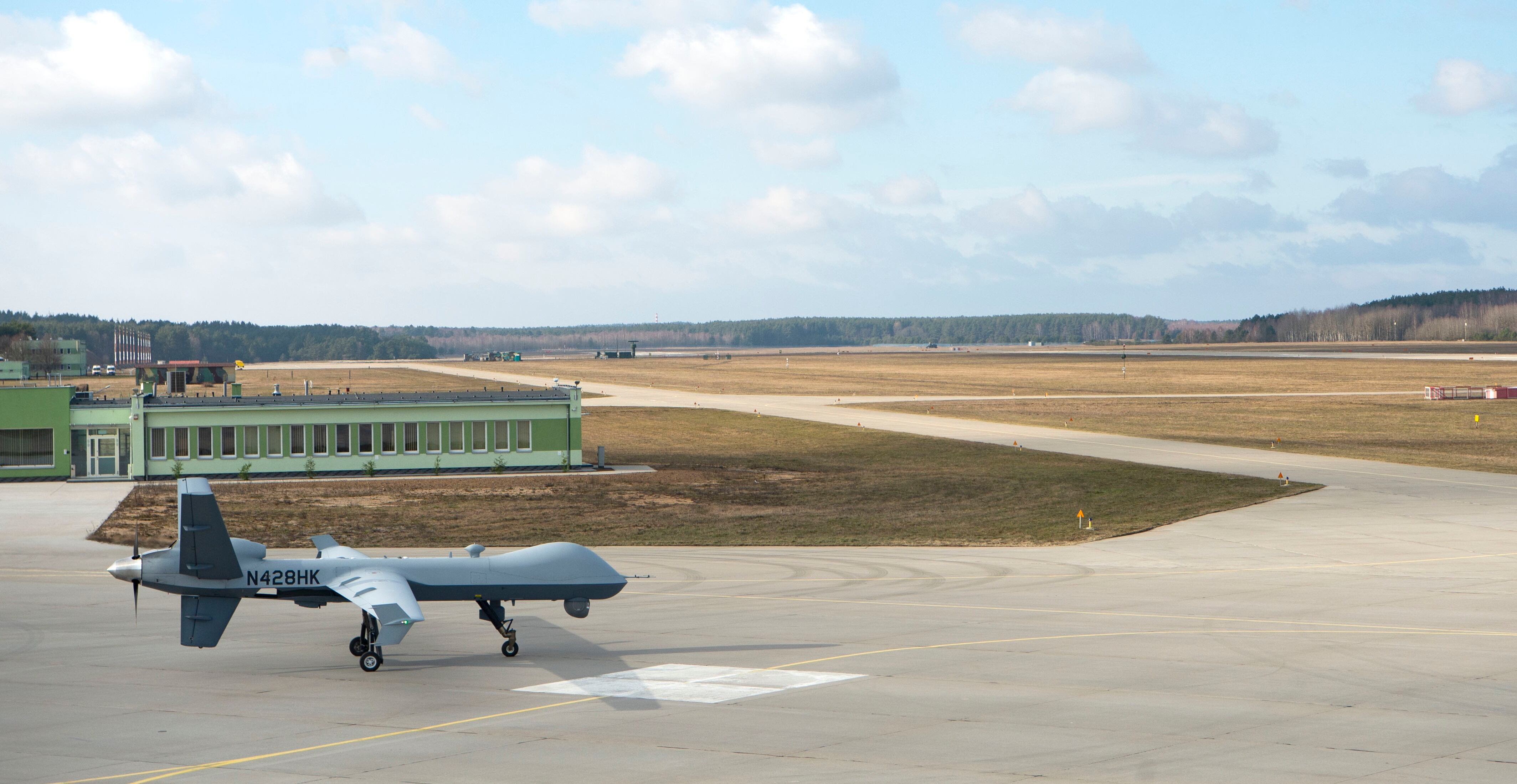The massive price tag associated with the response to the new coronavirus, COVID-19, coupled with the inevitable impact of the pandemic on the U.S. economy, threatens to blow a hole in the defense budget at a time when the challenges posed by China, Russia, Iran and North Korea show no signs of abating. Leaders in both the executive and legislative branches will need to make tough strategic choices to keep the United States strong in these challenging times.
Secretary of Defense Mark Esper, his predecessor Jim Mattis and the bipartisan National Defense Strategy Commission all agree that annual increases in the defense budget on the order of 3-5 percent are required to implement the 2018 National Defense Strategy. Even absent the pandemic, the chances of getting such resources seemed uncertain at best. The Trump administration’s own budget projections show the defense budget in the coming years as flat or declining. Now, a flat budget more and more appears to be the rosiest scenario.
More worrisome, and increasingly likely, is the possibility of major cuts to the defense budget. Indeed, cuts on the order of 20-25 percent are not unthinkable. Merely pointing out that such a move would jeopardize U.S. security is unlikely to prevent it. Similarly, noting — correctly — that defense spending is one of the most stimulative forms of federal spending may prove insufficient to forestall cuts.
How can the United States realize the greatest economic and military benefit from the defense budget in the coming years? Below are a half-dozen guidelines to help the United States get the maximum strategic benefit from defense spending in this challenging time:
1. Keep production lines going.
Now is not the time to be cutting back on defense production. To the contrary, keeping existing weapons production lines active makes both military and economic sense. The U.S. military is in many ways still living off the Reagan-era defense buildup of the 1980s and is sorely in need of modernization.

Keeping defense production going also makes good economic sense. In a period of rising unemployment, employing as many Americans as possible will help the United States weather the economic storm brought on by COVID-19. The government should also be flexible in administering the cost and schedule of contracts, given the pandemic’s impact on the defense-industrial base.
2. Stock up.
Now is also the time to increase orders of things we know that we need but have not purchased enough of, such as munitions. As the NDS Commission found in 2018, the United States has under-invested in precision munitions such as the Joint Air-to-Surface Standoff Missile-Extended Range and Long Range Anti-Ship Missile. Ramping up production of munitions and other expendables will not only boost employment but also help the United States better prepare for a future conflict where such munitions will be in high demand.
3. Be selective in divesting.
The United States should also divest itself of aging capabilities but be thoughtful in doing so. It makes sense to retire old ships and aircraft because the cost of maintaining those systems goes up considerably as they age. It makes much less sense to divest relatively new systems that have plenty of life left in them. For example, the Air Force has proposed shutting down production of the MQ-9 Reaper and retiring more than two-thirds of its RQ-4 Global Hawk fleet.
RELATED

4. Get the most out of what we have.
Whereas economic conditions may have changed, the external threats that we face have not. As a result, there is an urgent need to develop new ways of war, particularly those that use more effective capabilities that we have. For example, as I have argued elsewhere, non-stealthy unmanned aerial systems such as the MQ-9 and RQ-4 offer a cost-effective way to deter opportunistic aggression by China in the Western Pacific or Russia in Eastern Europe.
5. Keep promoting innovation.
A downturn in the defense budget should not become an excuse for conservatism. To the contrary, it should spur innovation. For example, fiscal austerity provides an opportunity to reform the military health care system and downsize basing infrastructure. Now is also the time to explore ways to make military training more effective and cost-efficient through the adoption of approaches such as live, virtual, constructive training. There are also opportunities to realize savings through greater outsourcing of maintenance and logistics.
Whereas the defense primes employ the most workers, in a number of cases smaller companies have been the source of some of the most innovative approaches to defense in areas such as unmanned systems, expendable aircraft, space innovations, networked solutions and cyber. Supporting smaller, innovative companies should thus be a priority.
The Defense Department and Congress should also take an active role in supporting key segments of the defense-industrial base. Areas such as hypersonics, directed energy and unmanned systems that hold the key to effectiveness tomorrow will need support today.
6. Share costs.
Finally, the United States should take every opportunity to promote arms exports, which both create jobs and increase the security of our allies. Much more should be done to increase the speed and predictability of the arms export process. In addition, with few exceptions, U.S. weapons should be developed with export in mind. We should avoid a repetition of the case of the F-22 aircraft, which was designed from birth never to be exported.
We need to learn from the past in developing the next generation of weapons. For example, in recent months, Australian defense analysts have discussed the attractiveness of the B-21 Raider stealth bomber for Australia’s defense needs. Export of the B-21 to a close ally such as Australia, should Canberra so desire, should be given serious consideration.
The current situation is challenging, with even more difficult times to come. If we are smart, however, we can both keep Americans at work and get what we need for national defense.
Thomas G. Mahnken is president and CEO of the Center for Strategic and Budgetary Assessments think tank. He is also a senior research professor at the Philip Merrill Center for Strategic Studies at Johns Hopkins’ School of Advanced International Studies.








